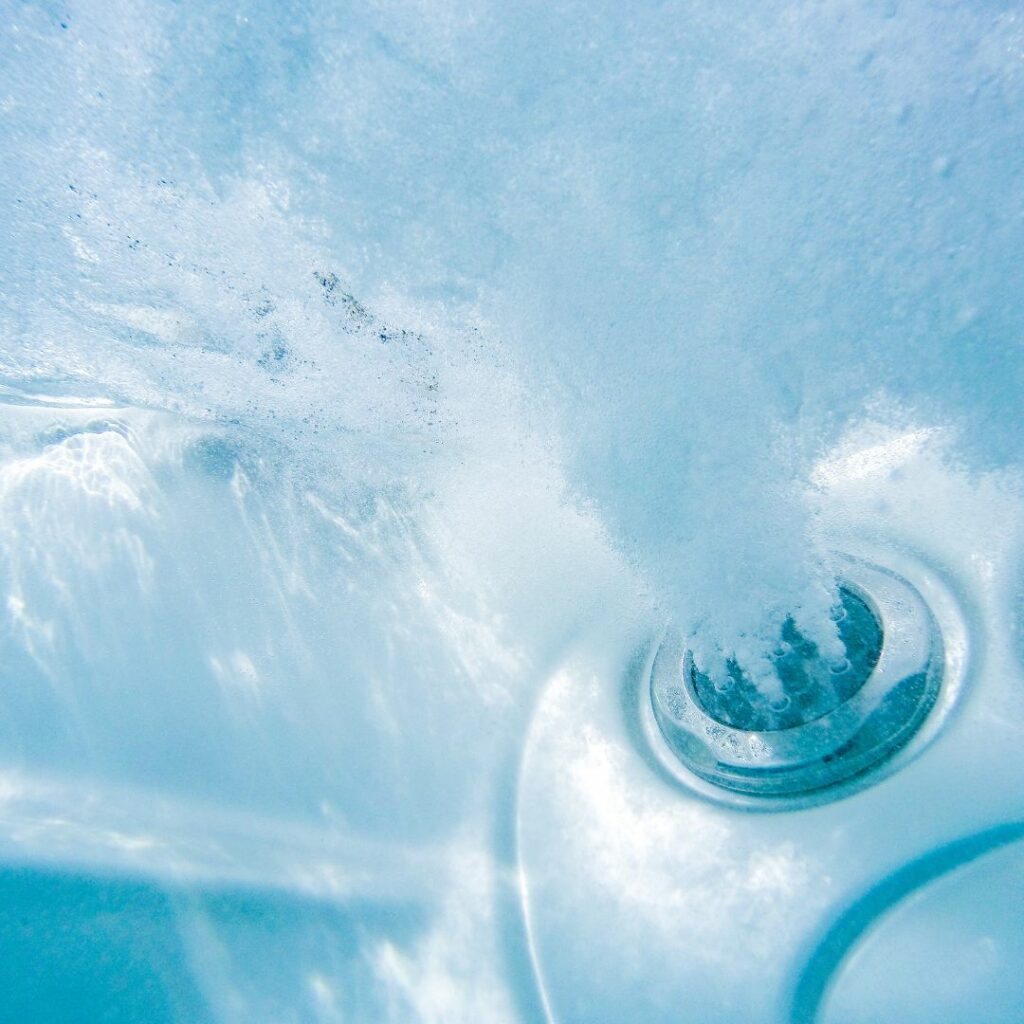A well-functioning hot tub offers a relaxing escape from daily stress, but when heating problems arise, it can turn into a frustrating situation. Understanding common issues and their solutions is key to maintaining your spa’s comfort and efficiency. Here’s how to navigate common heating troubles and ensure your hot tub repair process is seamless.
The Role of Water Flow in Heating
One of the most common causes of heating problems in hot tubs is inadequate water flow. The heating system relies on consistent circulation to distribute warmth evenly. When water flow is restricted, the heater may struggle to function or shut off entirely as a safety precaution.
Clogged filters are often the culprit. Over time, debris accumulates and reduces the flow rate, affecting the heater’s performance. Cleaning or replacing filters regularly can help avoid this issue. Low water levels or airlocks in the plumbing can also disrupt circulation. Topping off water levels and bleeding air from the system are simple yet effective troubleshooting steps.
A malfunctioning circulation pump may also impact water flow. If the pump produces unusual noises or fails to circulate water, it’s essential to inspect it for damage or blockages. Addressing pump issues promptly as part of your hot tub repair routine ensures a consistent and efficient heating process.
Electrical Issues Impacting Heating Performance
Hot tub heaters rely on a variety of electrical components to operate, and even minor issues can lead to heating failures. Tripped circuit breakers, blown fuses, or loose wiring can disrupt power to the heating system, leaving the water cold. Checking the breaker panel and inspecting wiring connections are crucial first steps.
The heating element itself is another critical component. Over time, mineral buildup from hard water can coat the element, reducing its efficiency or causing it to fail. Regular descaling treatments and water balance maintenance can prevent this issue and prolong the life of the heater.
Faulty thermostats are another common cause of heating problems. If the thermostat cannot accurately read water temperature, it may prevent the heater from activating. Recalibrating or replacing the thermostat can restore proper function and help maintain your desired water temperature.
Preventative Measures for Long-Term Performance
Consistent maintenance is the cornerstone of avoiding heating issues and reducing the need for hot tub repair services. Cleaning filters, monitoring water chemistry, and inspecting components regularly can help identify potential problems before they escalate. Balanced water chemistry minimizes scaling and corrosion, ensuring that the heater and other components remain in good condition.
Investing in routine inspections can also uncover hidden issues, such as worn-out seals or damaged wiring. By addressing these concerns early, you can prevent more extensive repairs and enjoy uninterrupted relaxation in your spa.
Hot tubs are a luxurious addition to any home, but they require attention and care to perform optimally. When heating problems arise, understanding the underlying causes and taking swift action can save time and frustration. With a proactive approach to hot tub repair, you can keep your spa running smoothly and enjoy its benefits year-round.
Read more:
Hot Tub Repair: Why Isn’t My Hot Tub Water Heating? Troubleshooting Tips
Common Hot Tub Repair Issues: Diagnosing Heating Problems Easily

